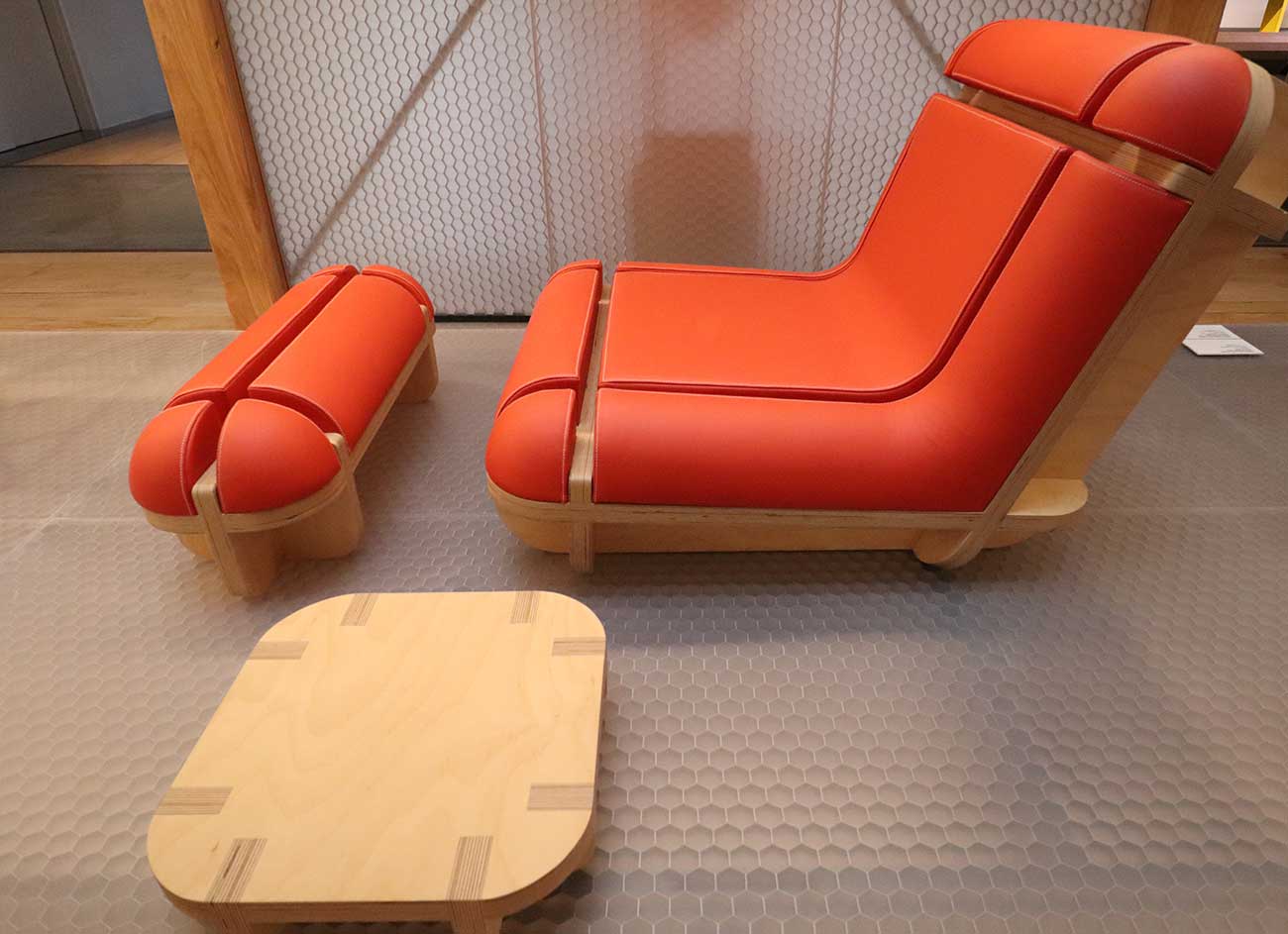Transforming a room into a study space is a great way to create a productive and focused environment for work or learning. Here are some steps to help you convert a room into a functional study space:
“ It’s a new era in fashion – there are no rules. It’s all about the individual and personal style, wearing high-end, low-end, classic labels, and up-and-coming designers all together.” _ Alexander McQueen
1. Choose the Right Room:
- Select a room that is quiet, well-lit, and away from distractions. Ideally, choose a room with a window for natural light.
2. Declutter and Clean:
- Clear the room of any unnecessary items and clutter. A clean and organized space is essential for concentration.
3. Paint and Decor:
- Consider painting the walls in a calming and motivating color, such as light blue or green. Add artwork or motivational posters to inspire you.
4. Ergonomic Furniture:
- Invest in an ergonomic chair and a spacious desk. The chair should provide proper support, and the desk should offer ample workspace for your computer, books, and study materials.
5. Lighting:
- Ensure proper lighting with a combination of natural and task lighting. Position your desk near a window to take advantage of natural light during the day. Add a desk lamp for focused task lighting.
6. Organizational Solutions:
- Install shelves, cabinets, or bookcases for storage. Use these to keep your study materials, books, and supplies organized and easily accessible.
7. Technology Setup:
- Ensure a strong and reliable Wi-Fi connection. Set up your computer, printer, and any other necessary technology.
8. Comfort and Personalization:
- Add comfortable cushions or seating options for breaks. Personalize your study space with items like photos, plants, or decor that inspire you.
9. Quiet and Privacy:
- Consider soundproofing the room or using acoustic panels if noise is a concern. Install curtains or blinds to maintain privacy.
10. Organize Supplies:
- Use organizers for pens, pencils, notebooks, and other stationery. A corkboard or whiteboard can help you keep track of tasks, deadlines, or important notes.
11. Wall Calendar or Planner:
- Hang a wall calendar or planner to manage your schedule, deadlines, and goals effectively.
12. Cable Management:
- Keep cables and wires tidy and out of the way to reduce clutter and tripping hazards.
13. Personal Touches:
- Add personal elements like a comfortable rug, a cozy throw, or a favorite chair for relaxation breaks.
14. Regular Maintenance:
- Keep your study space clean and organized by periodically decluttering and reorganizing.
15. Productivity Tools:
- Consider using productivity tools like noise-canceling headphones, a timer for focused work, or a whiteboard for brainstorming.
By following these steps, you can transform a room into a productive and inspiring study space. A well-designed study environment can help you stay focused, organized, and motivated, making your work or learning more efficient and enjoyable.


